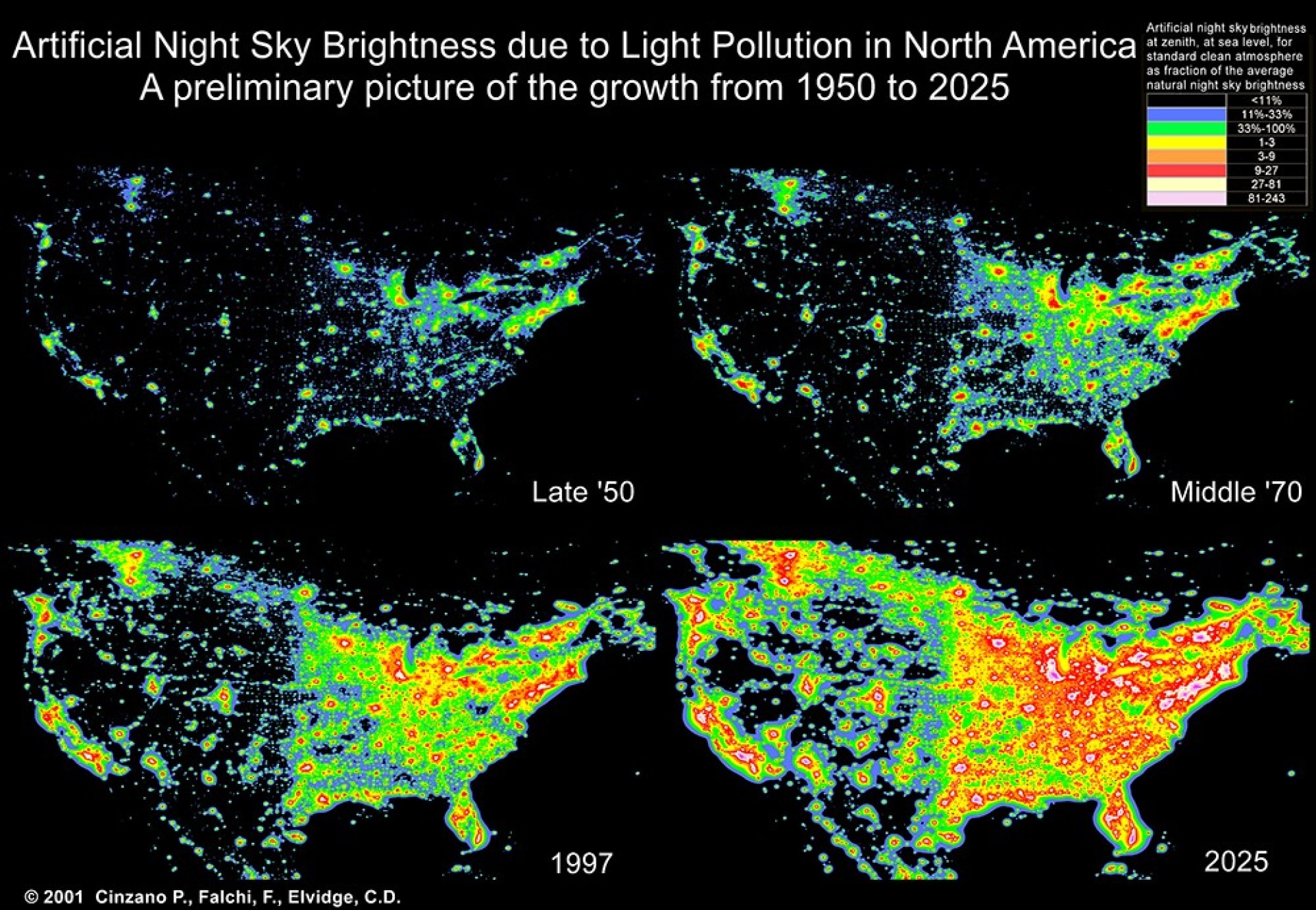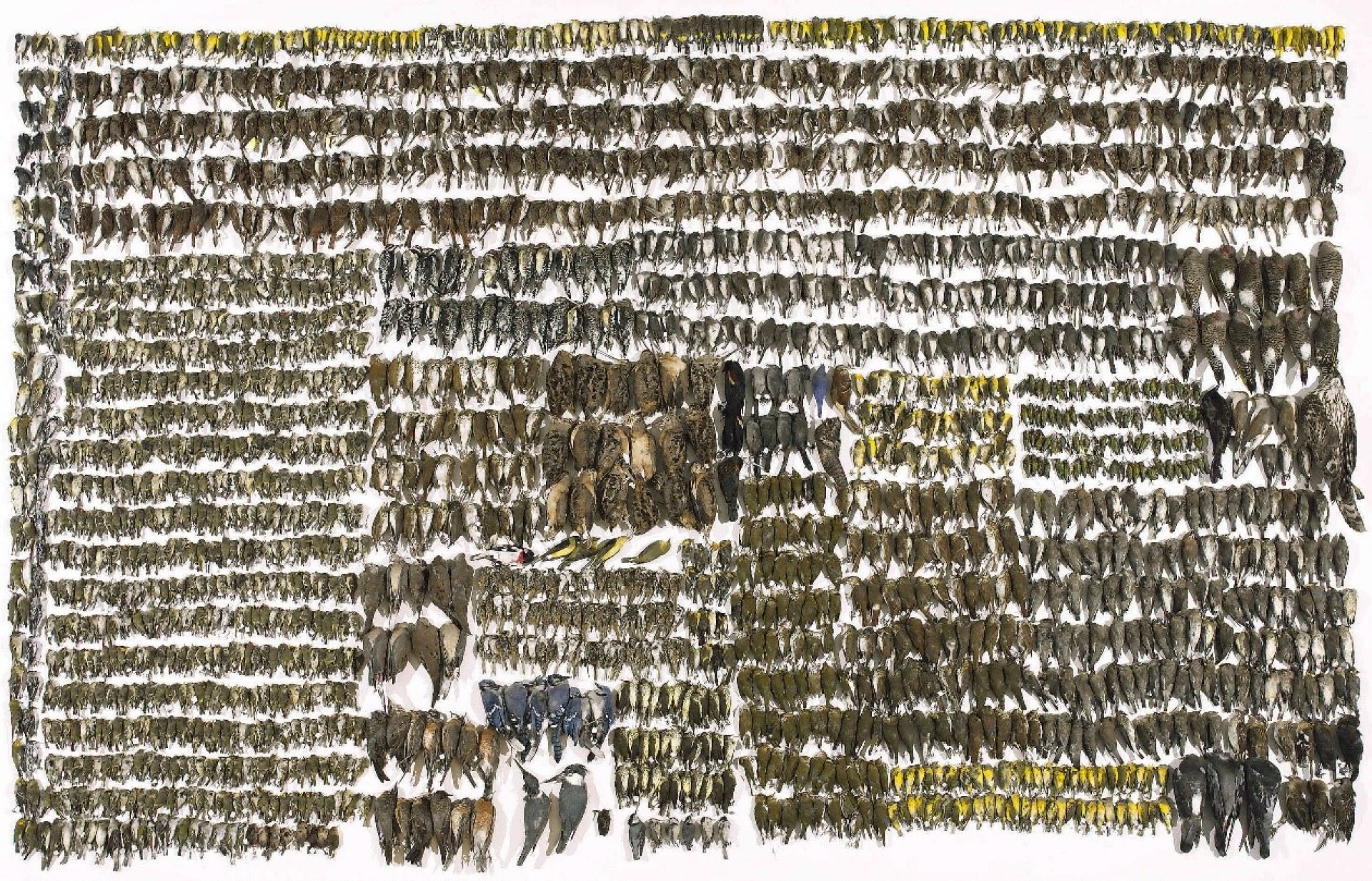These popular topics are heating up. Explore today's most viewed pages.
In recognition of International Dark Sky Week, Council Bluffs Mayor Matt Walsh recently asked residents to turn off the lights and look to the (dark) skies while considering how light pollution impacts our health as well as wildlife populations. Special thanks to David Golbitz with the Daily Nonpareil for sharing this important proclamation with local residents.
Humans innately relate to darkness with fear and we now have an easy solution literally at our fingertips: turn on the lights! Today, we are bathed in ever-increasing amounts of artificial light. So much so that 80% of North Americans cannot see the Milky Way. With increased amounts of artificial light comes a loss of understanding of the importance of darkness.

Light is the engine for nearly all natural systems on earth.
All living things have evolved over eons with regular periods of light and dark.
Since the electric light switch was flipped in 1879, artificial light has made our city streets safer; allowed for more industrial production; provided us with entertainment through film, television, and our now our personal digital devices; and extended our daytime activities into the night. We love artificial light, but there is a dark side to all this light!
You are probably familiar with water, air, and land pollution, but did you know that light can also be a pollutant? Light pollution is the inappropriate or excessive use of artificial light, and it’s a growing problem!
1. Artificial light wastes energy and money.
Too much light or light that shines where it is not needed wastes energy—more than 3 million dollars worth every year in the US from excessive outdoor lighting alone!
2. It threatens wildlife.
Insects are an essential part of the food web. Sixty percent of insects are nocturnal, and many of those are attracted to light. When insects get pulled into the light, they are not feeding and mating. Most end up dying of exhaustion or getting eaten by predators.
Most birds migrate at night using the moon and stars to navigate. Bright lights confuse them causing them to fly around buildings until they drop from exhaustion or fly into buildings and die from window strikes. The photo below, courtesy of FLAP, shows dead birds collected over the course of a year after hitting lit windows in Toronto.

Newly hatched sea turtles use the moon to guide them to the safety of the sea. Artificial lights draw them inland where they die of dehydration or predation.
3. It disrupts the seasonal rhythms of plants.
Artificial light can cause plants to flower earlier in the season disrupting their relationship with pollinators resulting in lower fruit and seed production.
Naturally dwindling light at the end of the growing season triggers plants to prepare for winter. Artificial light may interrupt vital functions necessary to survive the cold season.
4. Artificial light impacts human health, too.
Exposure to artificial light beyond a natural day cycle throws off our circadian rhythm which can have health-related consequences including sleep disorders, obesity, depression, diabetes, cancer, and more.
We should also consider the impact on our psychological health when we can’t escape city lights and experience a naturally dark sky. Being able to connect with the night sky can be meditative and helps us understand better our place in the universe.